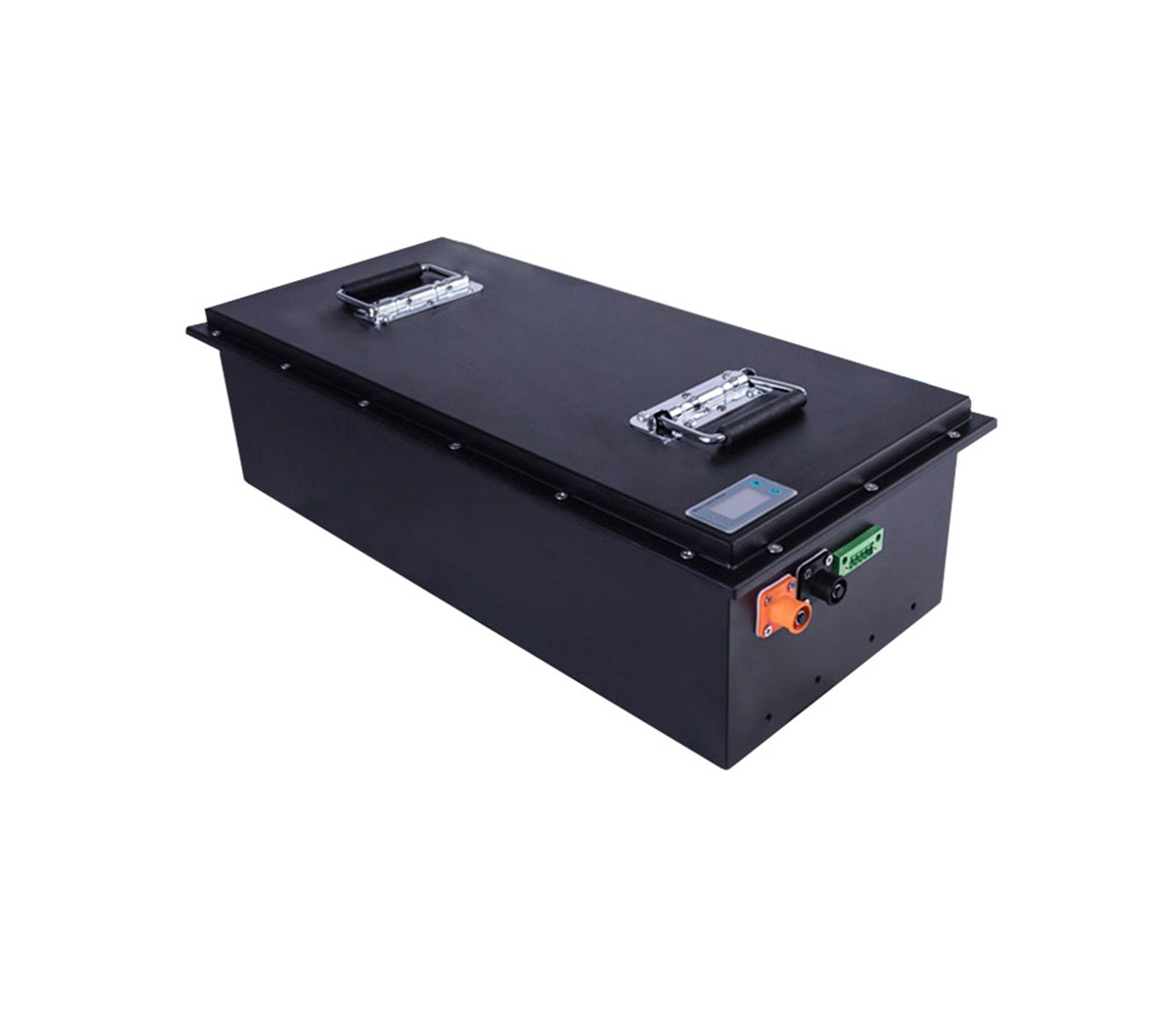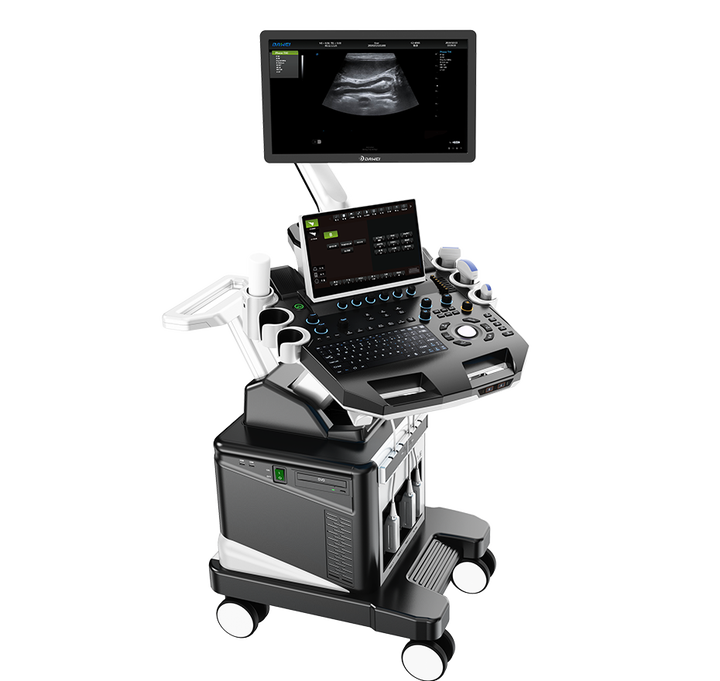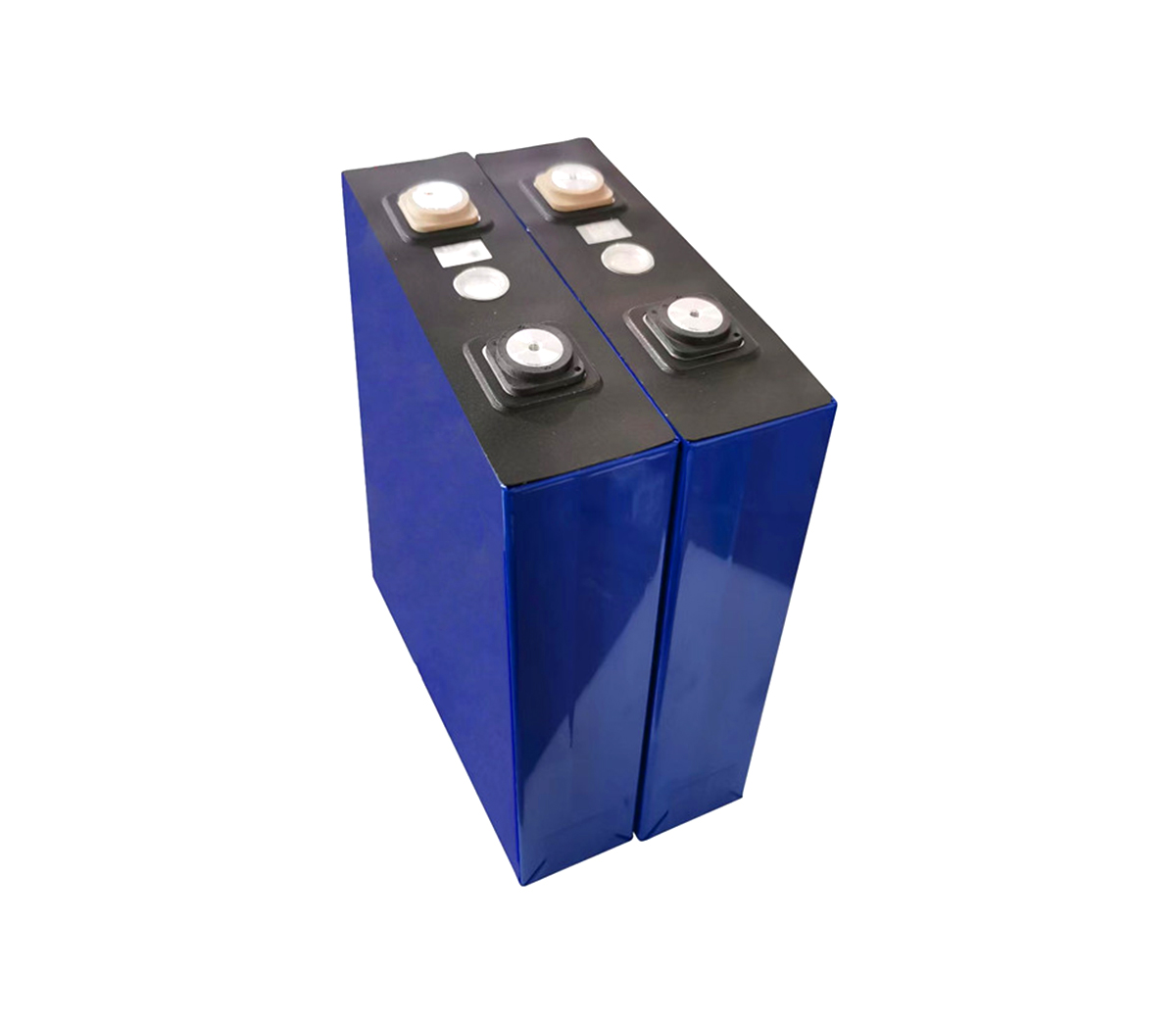What are the research hotspots of lithium battery high-energy
technology?
Recently, GGII visited more than 50 companies and participated in a number
of forums, and found that lithium batteries have made major breakthroughs in
high energy density technology. The development route of high energy density
includes: high voltage cathode materials, high gram capacity cathode and anode
materials. High-voltage cathode materials generally refer to cathode materials
with a battery voltage higher than 4.2V. Lithium cobaltate, lithium manganate,
and ternary all have high-voltage materials.
Recently, GGII visited more than 50 companies and participated in a number
of forums, and found that lithium batteries have made major breakthroughs in
high energy density technology.
The development route of high energy density includes: high voltage cathode
materials, high gram capacity anode and cathode materials. High-voltage cathode
materials generally refer to cathode materials with a battery voltage higher
than 4.2V. Lithium cobaltate, lithium manganate, and ternary all have
high-voltage materials.
The commercialization of high-voltage lithium cobalt oxide is very mature,
and it is widely used in high-end digital products, and its energy density is
higher than that of ordinary ternary batteries. At present, the voltage of
high-voltage lithium cobalt oxide batteries is usually 4.35V. In the next 3-5
years, 4.4V and 4.5V high-voltage lithium cobalt oxide batteries may be applied
on a large scale.
There are few applications of ternary high-voltage cathode materials, and
they are basically in the research stage. However, the ternary high-voltage
cathode material may be a breakthrough for the energy density of 300Wh/kg in the
future.
At present, the gram capacity of the ternary NCM811 material has exceeded
180mAh/g. High voltage can be achieved by coating or doping, and its gram
capacity will be further improved. (High voltage materials are equivalent to
activating inactive lithium at low voltage. Limited use of materials). However,
there are still many technical problems that have not been resolved in the
high-voltage ternary material, and the stability of the material itself has not
been resolved.
The charging potential of lithium manganate cathode material can reach
4.7V, and the lattice structure is very stable.
The current energy density of lithium manganate batteries is 150Wh/kg,
which is higher than the energy density of lithium iron phosphate batteries.
Lithium manganate has a stable crystal structure and good thermal stability, and
the safety of lithium manganate batteries is very high. Among them, lithium
manganate-lithium titanate system batteries have excellent application prospects
in the field of fast charging.
Lithium iron phosphate is close to the theory due to its capacity, it is
difficult to activate more lithium through higher voltage, and the effect is
very limited. However, lithium iron manganese (vanadium) phosphate and lithium
iron silicate have higher energy density and are popular areas for research by
many research institutions and enterprises. The lithium iron silicate molecule
contains two lithium ions, and its theoretical gram capacity is as high as
332mAh/g.
High-voltage cathode materials require high-voltage electrolyte to make the
entire battery system work well. To make the electrolyte run stably in a
high-voltage environment, it is necessary to improve the oxidation resistance of
the solvent while blocking direct contact between the positive electrode and the
electrolyte. Methods to improve the oxidation resistance of the electrolyte
include fluorinated solvents. The price of fluorinated solvents is too high and
it is difficult to achieve large-scale applications.
Other new anti-oxidant solvents, such as ionic liquids, have good ion
conductivity and anti-oxidation ability. They are an excellent lithium battery
solvent, but they are currently expensive and difficult to promote on a large
scale. Methods for blocking the direct contact between the electrolyte and the
electrolyte include positive electrode material coating and positive electrode
film-forming additives. There is a lot of research on cathode material coating
and additives, and the effect is very obvious. It is an important means to
improve oxidation resistance in the future.
The large-scale development and application of ternary materials are
relatively late, and there is still much room for improvement in energy density.
At present, mainstream material manufacturers have been able to achieve the
level of 180mAh/g, while the theoretical capacity of ternary high nickel
materials can reach 270mAh/g, and there is still much room for improvement. At
present, high-capacity ternary materials have the characteristics of being
sensitive to water, low first-time efficiency, and poor circulation. With the
advancement of process technology, these problems may be solved, and
lithium-rich cathodes are also a hot spot for research by many research
institutions and enterprises.
On the other hand, silicon-based anode materials can greatly increase the
gram capacity of the anode. The anode material has always been graphite-based,
and graphite anode technology has been very mature, and the actual capacity is
very close to the theoretical capacity. To increase the gram capacity of the
negative electrode, other materials must be used.
Metal anodes such as silicon-tin are very suitable choices. The earliest
Japanese Sony used tin composite anodes to increase the energy density of
batteries, and it has already introduced high-capacity 18650 products to the
market. In recent years, silicon composite anodes have received attention. Among
them, silicon-carbon composite anodes and silicon oxide-graphite composite
anodes have more mature technologies, and Japanese and Korean companies have
already applied them to high-capacity products.
At present, domestic material factories and battery cell factories are
gradually introducing high-capacity silicon-based anode products. The
theoretical gram capacity of silicon is 4200mAh/g, but the volume expansion
effect is very large, so it is often used in combination with graphite to reduce
the impact of expansion. The lithium metal negative electrode has a higher gram
capacity than the silicon negative electrode, but its dendritic problem has not
been solved, and the safety risk is high. In addition, metallic lithium reacts
easily with the electrolyte, reducing its cycle life. At present, it is
difficult to bring lithium metal anode batteries to the market on a large
scale.


































